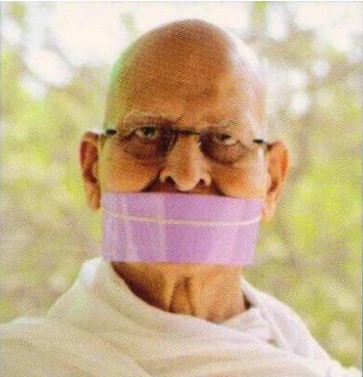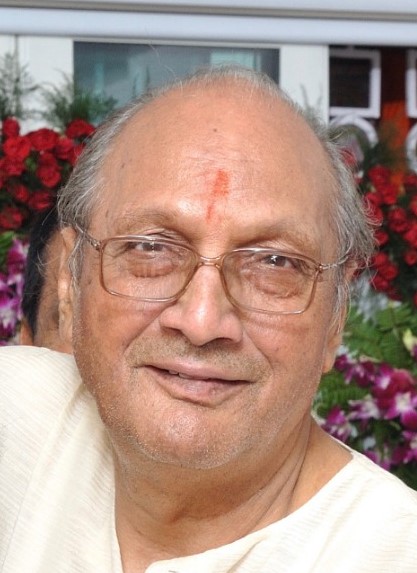Learning Points (content)
- Meaning of pressure, the causes of activating pressure.
- The functioning of hypomalamus, Pituitary gland, Adrenal gland, and sympathetic order of nervous system.
- Order of occurrences within the body: Slow functioning or non functioning of Digestive system, dryness in mouth because of non functioning of salivary glands, increase in metabolic function, fast breathing, releasing the accumulated sugar in blood existing in excess in liver, increase in heart beats (because of the excess requirement of the blood in any organ), high blood pressure and other complex changes.(can be known from the doctor)
- How can balance be maintained in sympathetic and parasympathetic nervous system?
Sympathetic Nervous System: Attacks, Excitements (Generating stress)
Parasympathetic Nervous System. Calms down the excitements and relaxes the muscles. (Repair work and peace acquiring) Maintains balance in the body. Relaxes in the event of imbalance due to stress.
- Factors for stress:Particular change in life style, according to Dr Homes and Dr.Rahe death, divorce, hurt, disease, marriage, failure of work, retirement, sexual problems, change in job, change in monetary/social status, change in food intake/ sleep, are major factors of stress.
- Freedom from Stress
- Functioning of Muscles: Contraction of muscles becomes so fast like electric flow as per exciting situations.
- Unique treatment using Autosuggestion: Since old times we find similarity in treatment systems in our country and other countries such as hypnosis, faith healing, mesmerism, exorcism (jugglery), practise of occult arts, setting of bones by wrestlers etc. This can be said to gave similarities to the extent of developing faith and awakening.
- Authentic facts:
- Reduction in blood sugar
- Increase in WBC
- E.E.G.
- Supportive elements of Kayotsarg
- Physical activities and Exercise.
- Balanced blood circulation.
- Silence.
Tranquilizers are not safe; the use of internal defense mechanism is safer process within the body. Activate this by auto suggestions. Lessen the extra production of secretions of the glands by regular practise of Kayotsarg.
Teaching Methods
- Theoretical discussions - attendance (Q&A method)
- Practical training for trainees while giving the instructions (Exhibitory method)
- Practical training should be performed by the self. (Trainee)
Teaching Aids
- By Slides or Transparency (to explain the major points).
- Chart showing Muscles and Skeletal system.
- Chart showing right Mudras.
- Carpet etc.
- Audio cassette with affectionate suggestion based on sounding and use of tape recorder.
Reference Books
- Text books - standard wise.(Class I to XII)
- Jeevan Vigyan Ki Rooprekha
- Science of Living: Theory and Practise.
- Sharir Vigyan.
- Preksha Meditation: Theory and Practise
- Asan Pranayam.
Evaluation
- Through questions in the class.
- Observations while Self-performance.
- Practise of affectionate suggestions.
- Use of teaching aids.
- Expression in group discussion.
- Written question, every point as mentioned under Learning Points (Content).
 Muni Kishan Lal
Muni Kishan Lal
 Subhkaran Surana
Subhkaran Surana
